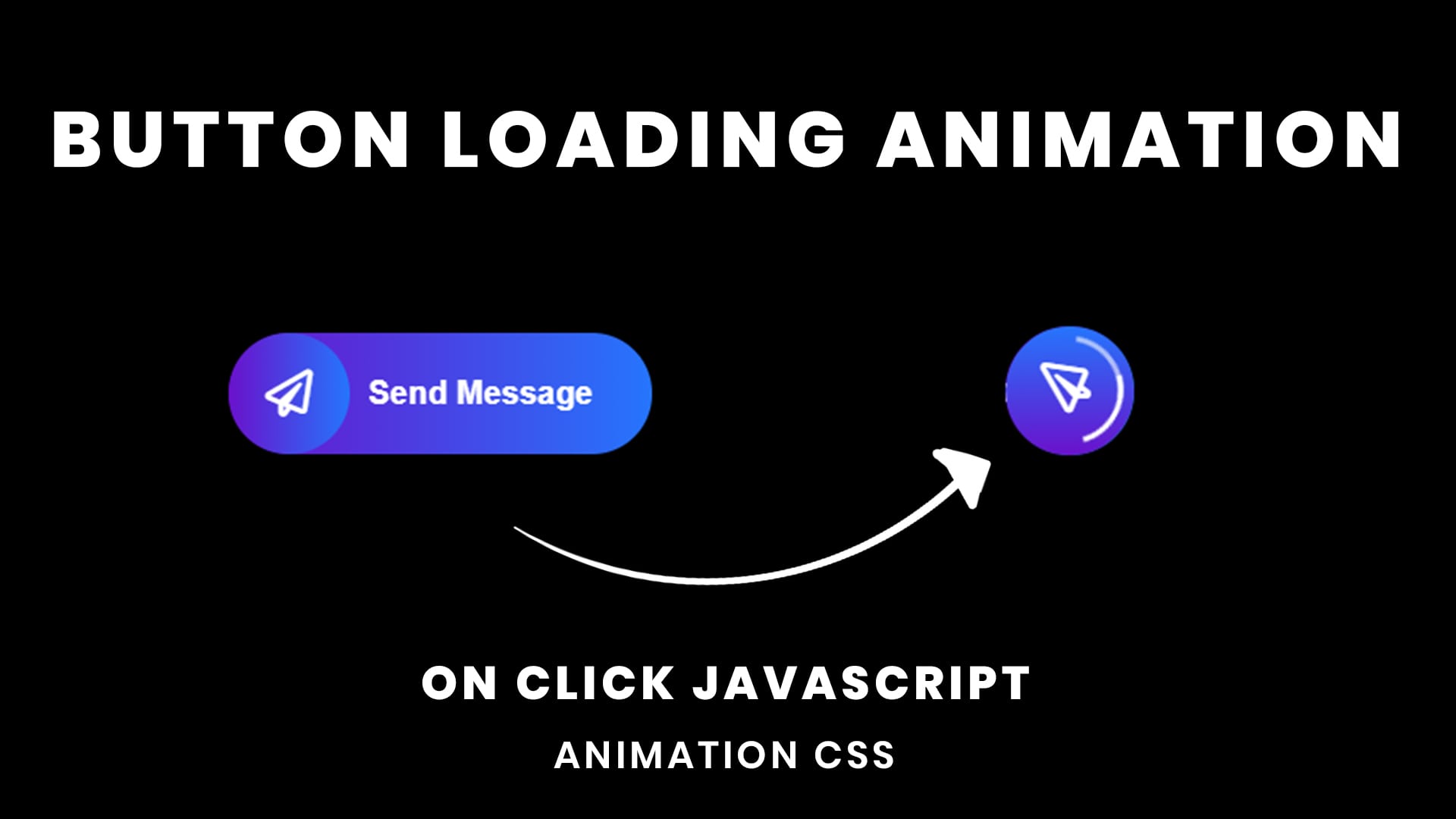
In the following example, replace YOUR_API_KEY with your You must include an API key with every Maps JavaScript API request.
#JAVASCRIPT CREATE KEYCLICK UPDATE#
Gcloud alpha services api-keys update "projects/ PROJECT/keys/ KEY_ID" \ Gcloud services api-keys list -project=" PROJECT"Ĭlear existing restrictions on existing key. You must also enable and select the corresponding API in this list. Similarly, if your project uses other services in the JavaScript API

Recommended you regularly check your usage, to make sure it matches your expectations. Should be formatted as "_file_url_//path/to/*". The "file://" part should be replaced with "_file_url_" before beingĪdded to the key restriction. Note: file:// referers need a special representation to be added to the Specify one or more referrer web sites.Referrers (web sites) from the list of Application To accept requests from the list of website that you supply, select HTTP.Under Key restrictions, set the following restrictions:.Select the API key that you want to set a restriction on.When restricting an API key in the Cloud Console,Īpplication restrictions override any APIs enabled under API restrictions.įollow best practices by creating a separate API key for each app, and for each platform Restricting API keys adds security to your application by Google strongly recommend that you restrict your API keys by limiting their usage to those onlyĪPIs needed for your application. The new API key is listed on the Credentials page under API keys.Ĭloud SDK gcloud alpha services api-keys create \ The API key created dialog displays your newly created API key. On the Credentials page, click Create credentials > API key. The clickier and louder the clicks the better, just some weird reward system stemming from the gloriously clicky Apple Extended Keyboard II from yesteryear, I suppose.Go to the Google Maps Platform > Credentials page. Me personally, I like the iOS key click sounds, but I’ve always liked clicky keyboards in general, particularly on desktop computers. Ultimately, whether you want your typing to make sounds or not is a matter of preference and opinion. The keyboard sound effects are often loved or hated, many people find them a nuisance which is why we’ve mentioned it in the annoying iPhone settings that can be fixed as well as resolving some iOS 8 frustrations (particularly since some users discovered the sound effects were turned back on after updating iOS to the latest version, even if it was turned off before). Just flip the mute switch while typing and the clicking sounds won’t be heard, of course neither will anything else when Mute is on, however, which is why this is just a temporary measure. Temporarily Turn Off Keyboard Click Sounds with Muteįor iPhone users who generally like the keyboard click sounds, another option is to just temporarily turn off the key clicking sounds by using the devices Mute button.

This brief video shows how quick this settings change is, and just like muting the key tap noises, it’s silent: Of course going back into the Settings > Sound and toggling the Keyboard Clicks switch back ON will make the click on tap sounds appear again. You can go to any app in iOS that you would type and normally hear the click sounds, you’ll find them to be nonexistent and you are no longer announcing to the surrounding vicinity that you are typing on an iOS keyboard. Scroll all the way to to the bottom and find “Keyboard Clicks”, flip that switch to the OFF position.

Open the “Settings” app on your iPhone or iPad and choose “Sounds”.The setting option is available in virtually every version of iOS and is always located in the same place: This works to disable the keyboard click sounds on any iPhone, iPad, or iPod touch. Turn Off Keyboard Click Sound Effects in iOS Completely Disabling the key click sound effects can be done permanently through a settings change, or if you just want to be quiet for a short while, say when typing in a coffee house or library, you can use a broader mute option too.


 0 kommentar(er)
0 kommentar(er)
